1. Bagua Maps
The layout and design of your home can have a profound impact. A Bagua Map can be used over an entire floor plan or in each room to get the most benefit. This octagonal energy map has eight areas corresponding to life experiences and your health. Each life experience, such as relationships, wealth, and careers, correlates to a specific color and element. The more your space aligns with this map and the sections within, the more benefits you will reap and the more success you will see in each category of life.
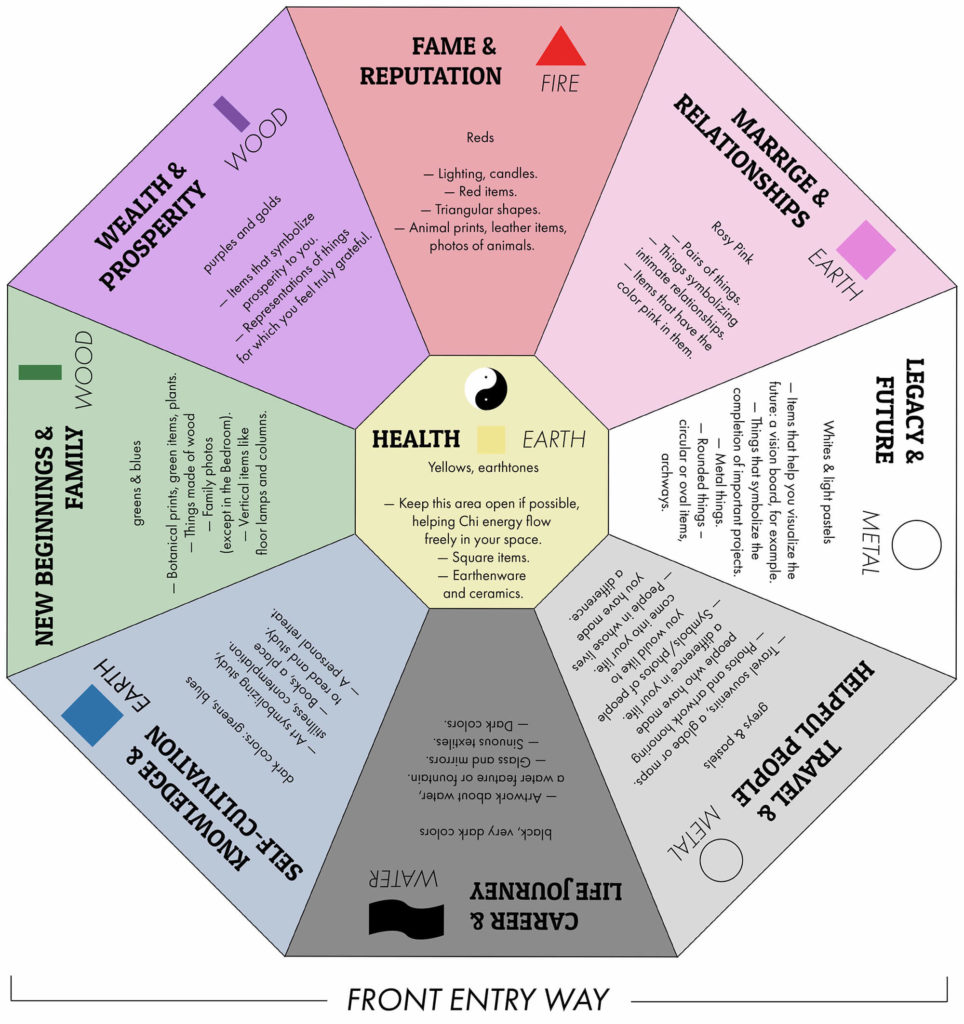
2. Chi Energy
One of the most significant benefits of Feng Shui is its ability to enhance your overall well-being. This is achieved by arranging furniture and decor in a way that blocks negative Chi and allows positive Chi to flow freely. This is the center of the Bagua Map. For example, placing your bed in a “command position” – where you can see the door but are not directly in line with it – promotes a sense of security and restful sleep. Similarly, incorporating natural elements like plants or water features can help purify the air and create a calming atmosphere.
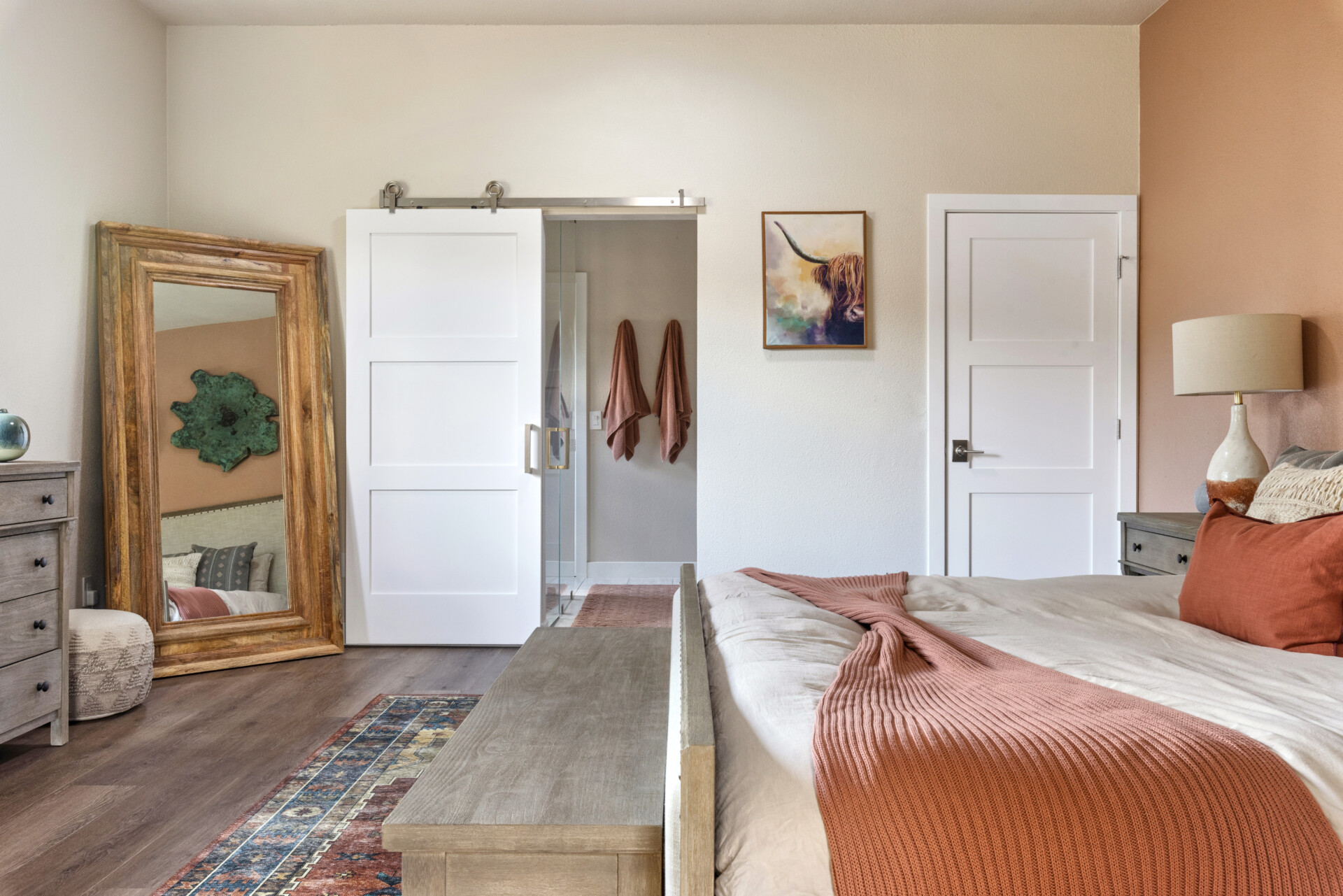
3. The Five Elements
Feng Shui emphasizes the balance of the five elements – wood, fire, earth, metal, and water – within a space. Each element represents different aspects of life and has specific colors, shapes, and materials associated with it, which can be seen in the Bagua Map. By carefully balancing these elements in your home, you can create an environment that reflects your desires and intentions. For example, adding wooden furniture or green accents in your office can enhance growth and creativity, while incorporating metal elements in a workspace can boost clarity and focus.
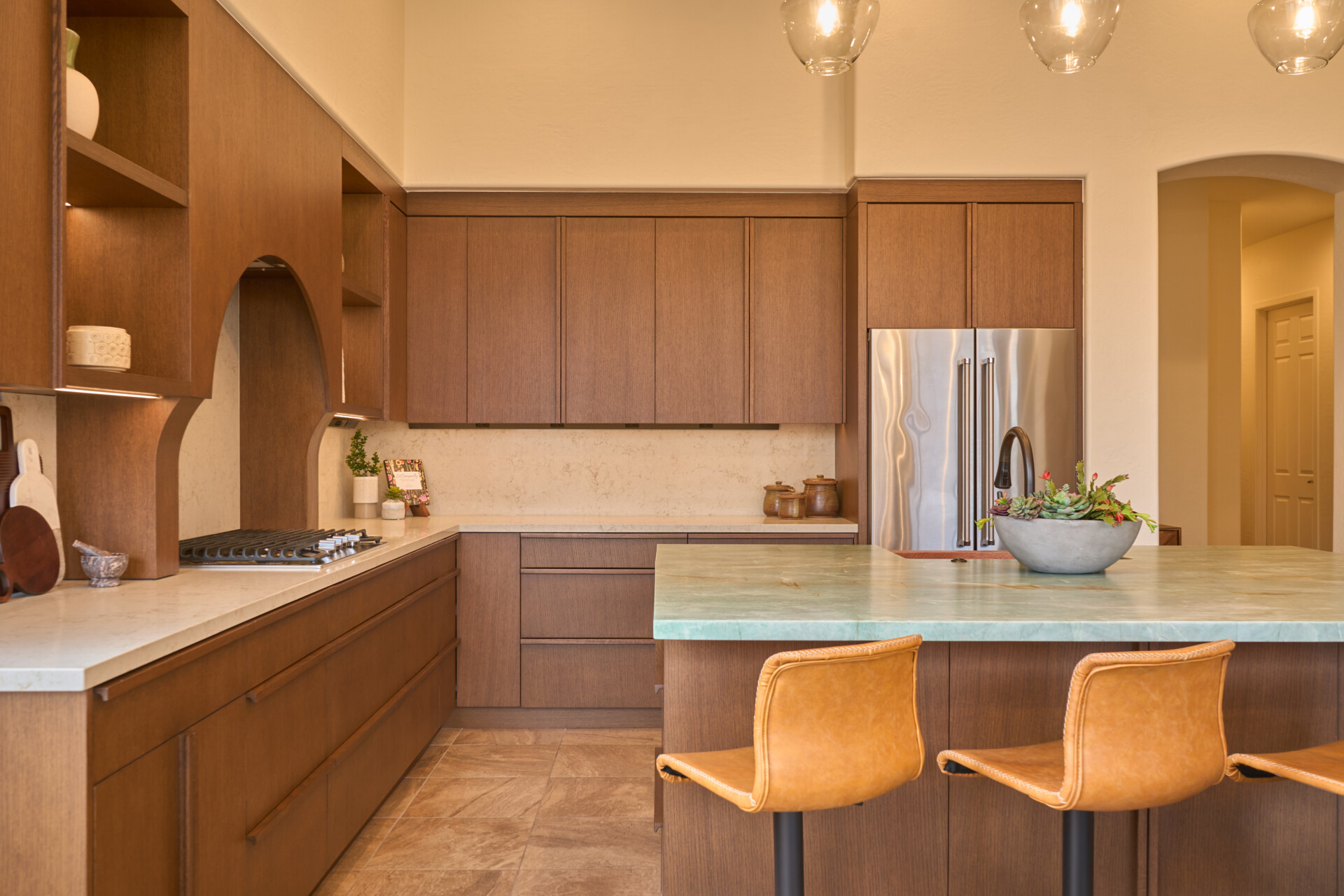
1. Declutter to Improve Energy Flow
Eliminate objects that block positive energy and reduce the amount of waste you routinely produce. By removing items that don’t contribute to the purpose of a room, you can open spaces and make better use of valuable space. Don’t want to get rid of the tchotchkes and memories of certain items? You can keep some of them on display in accordance with the Bagua Map and safely store the others away in a closet out of sight.
2. Optimize Work Spaces for Success
As many people work from home, creating a workspace that sets you up for success is important. Per the Bagua Map, purple corresponds with wealth and wood elements are associated with vitality and upward movement. By combining these principles with ideal furniture placement, you can decorate your home office to improve focus and build success.
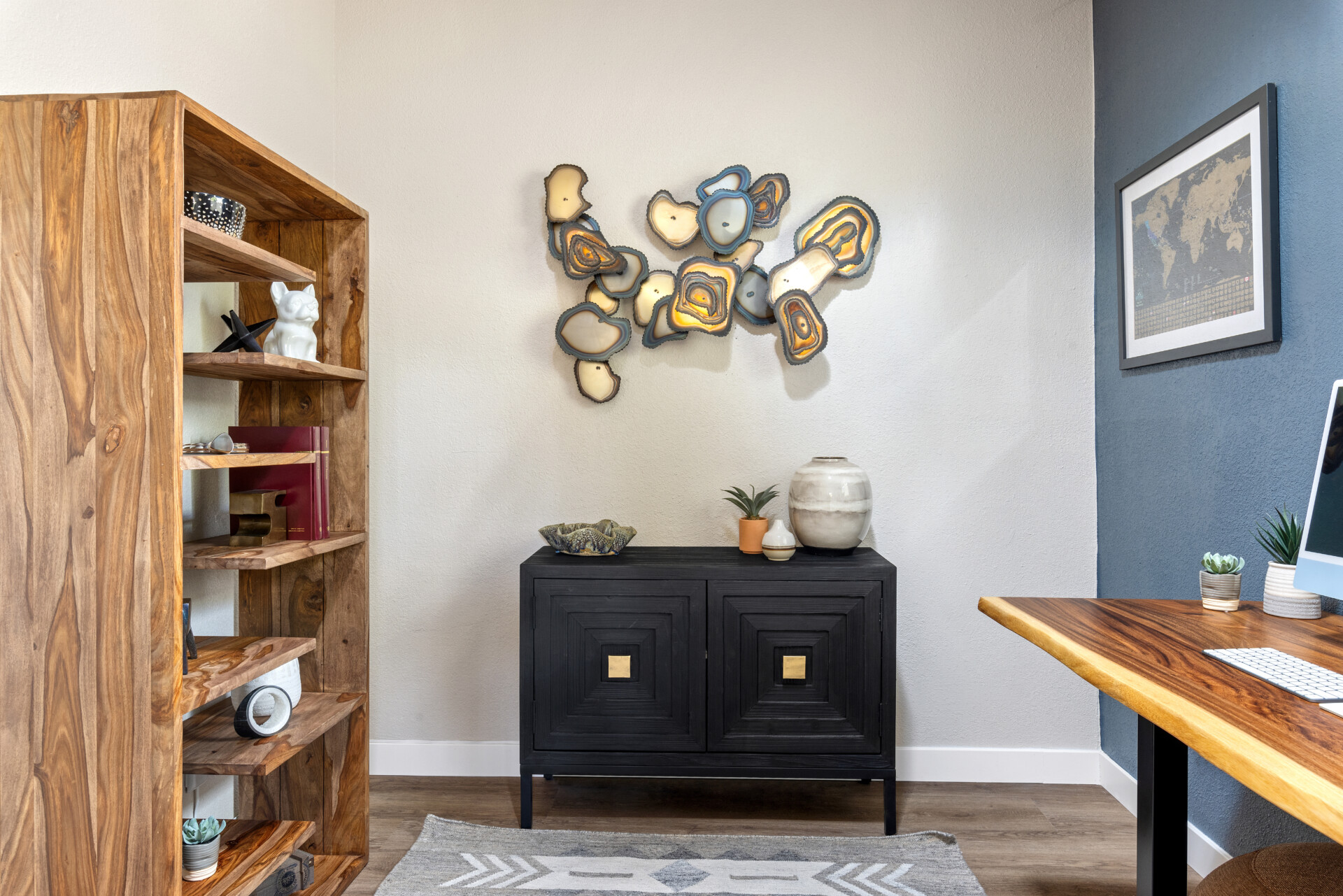
3. Place Furniture in a Commanding Position
Ideal furniture placement can enhance feelings of confidence and safety within each room. According to Feng Shui experts, furniture is in a commanding position when it’s facing a door or entryway and places your back against a solid wall. This allows you to see who is entering the room and know what is behind you. The easiest pieces of furniture to enforce this principle are sofas, beds, office desks and chairs, and dining tables and chairs.
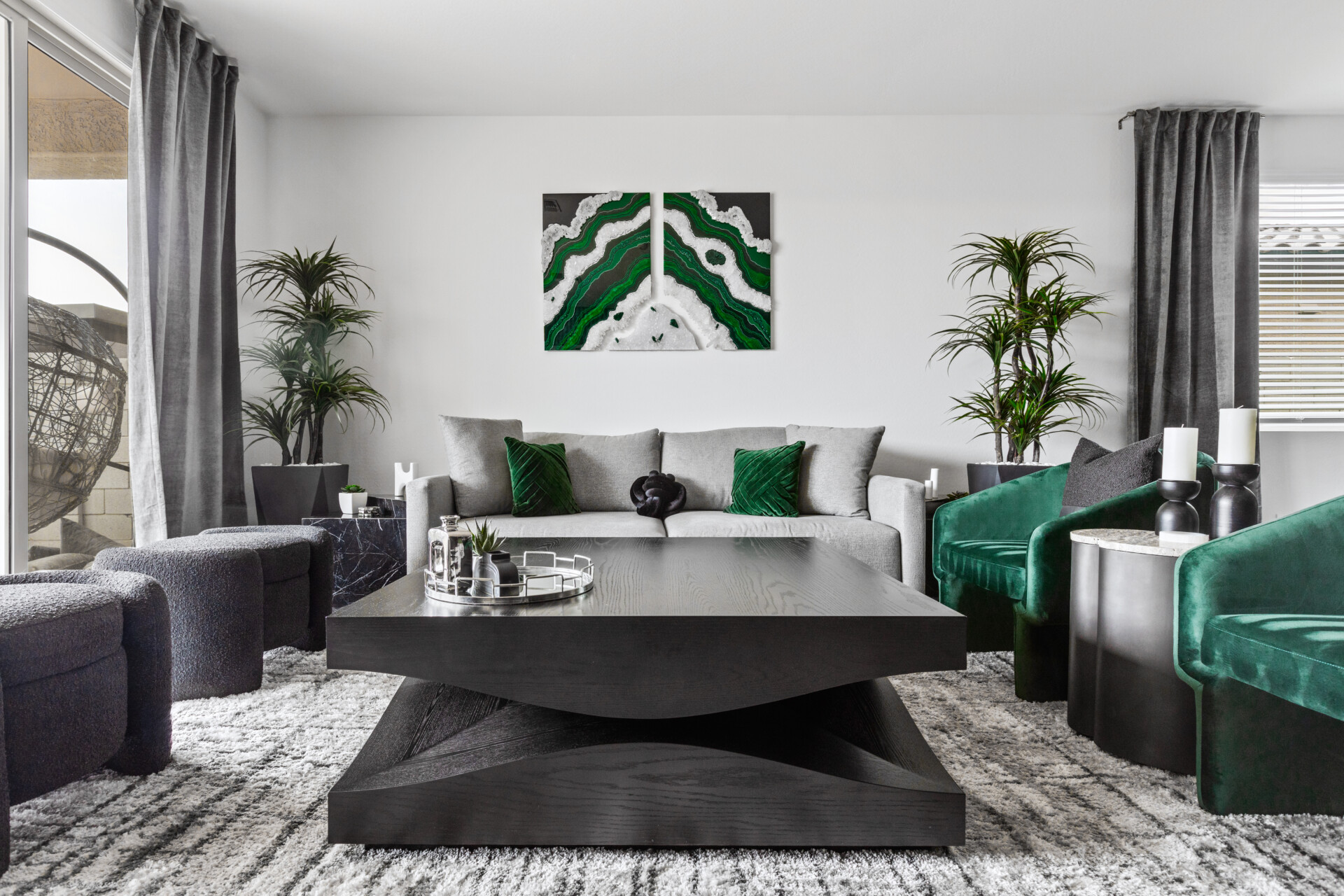
4. Maximize Your Decor
Home decor shouldn’t just be beautiful, it should be functional, too. For example, mirrors can be placed to improve visibility and reflect energy, while plants nourish energy and support sustainable decoration efforts.
Feng Shui is a powerful tool in interior design that goes beyond mere decoration – it’s about aligning your environment with your deepest intentions and living in harmony with the world around you. Incorporating Feng Shui principles into your home’s design is not just about aesthetics; it’s about creating a space that feels good to live in. Whether you’re looking to improve your health, strengthen your relationships, or attract more prosperity, Feng Shui offers practical tools and insights to help you achieve your goals. By paying attention to the flow of energy, balancing the five elements, and making intentional design choices, you can transform your home into a haven of peace, balance, and abundance.
